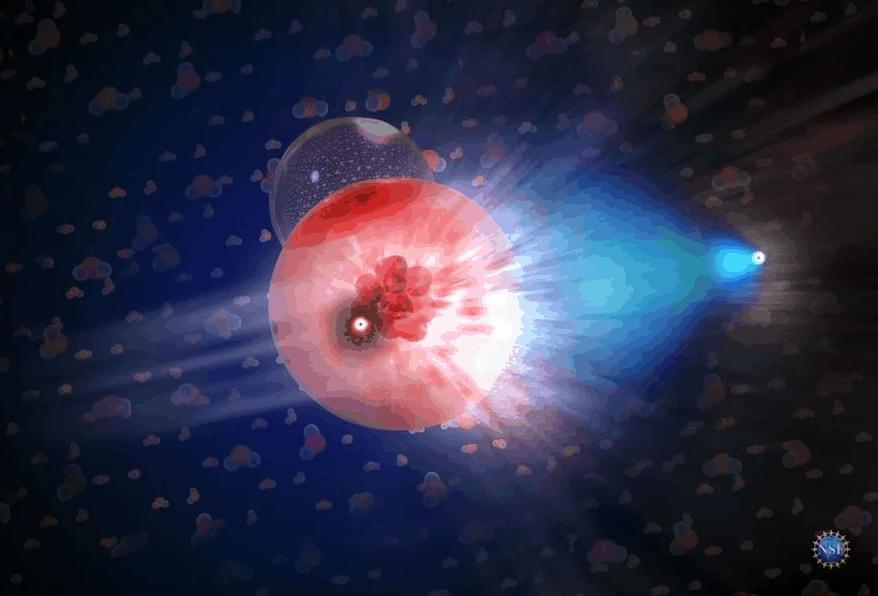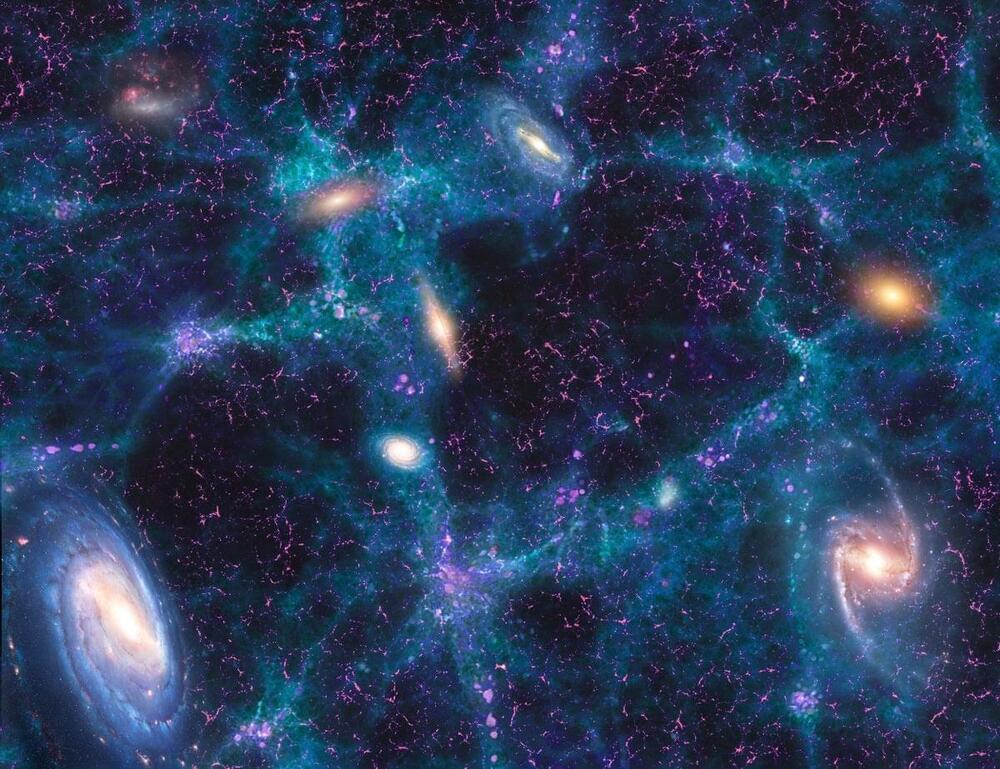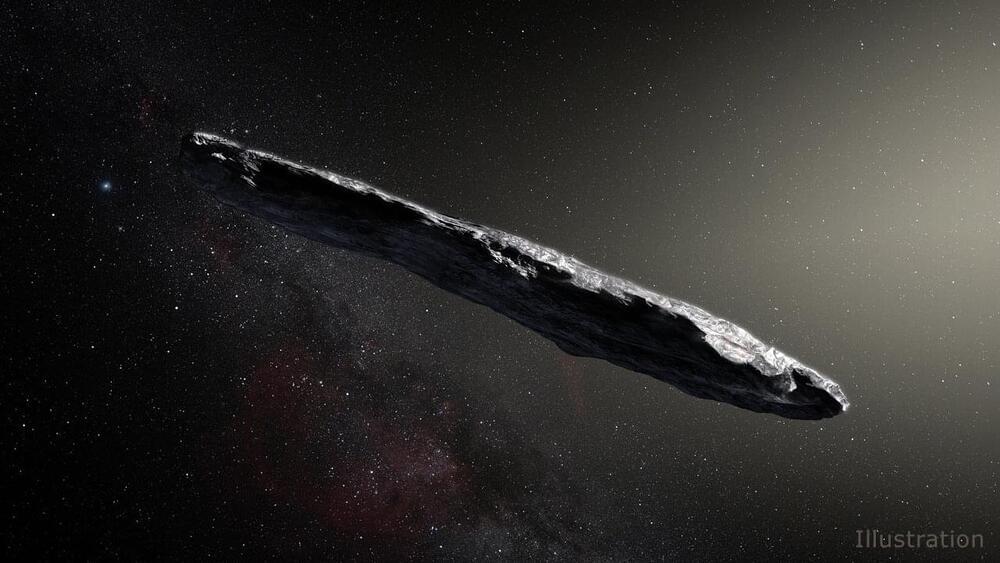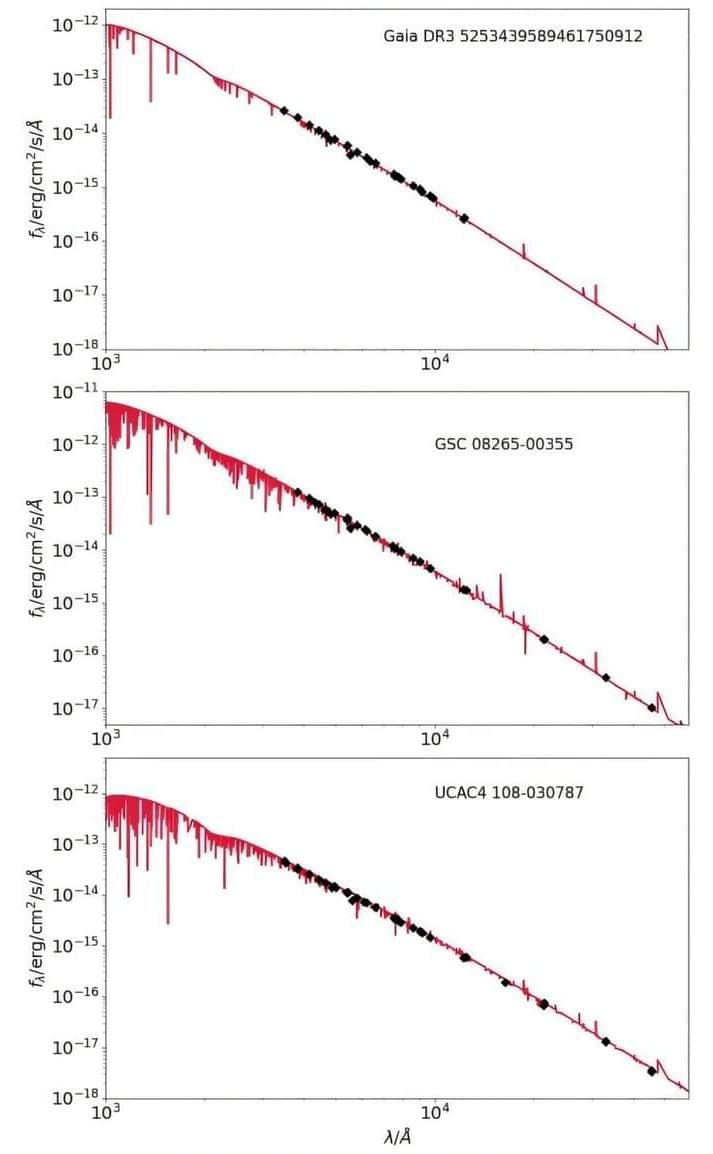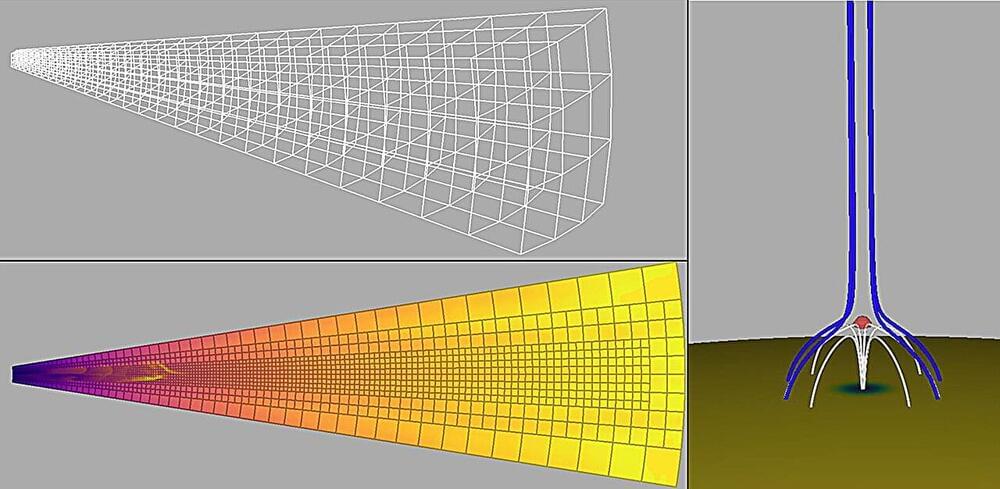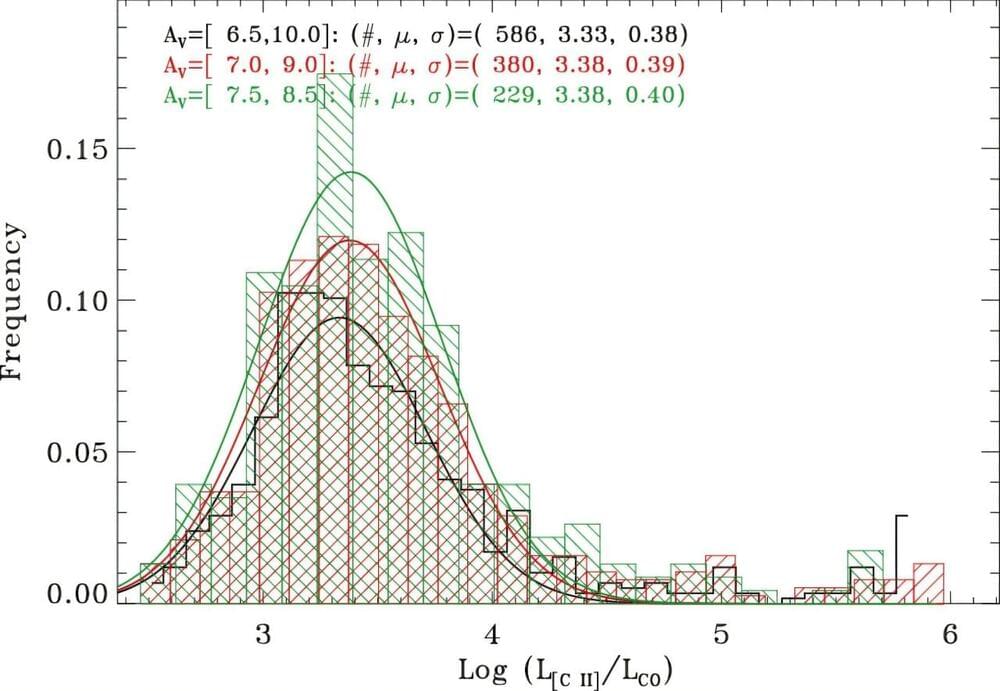Every second, 60 billion neutrinos pass through your thumbnail from the Sun alone!
Neutrino Detectors and the Pacific Ocean Experiment
In the search to understand the cosmos, neutrinos—subatomic particles created in nuclear reactions—have become critical clues to some of physics’ most complex questions. Produced in vast quantities by processes such as nuclear fusion in the Sun, neutrinos are hard to capture due to their weak interactions with matter. On Earth, advanced detectors have been built to study them, including Japan’s Kamiokande and the IceCube Neutrino Observatory in Antarctica. Now, astronomers are setting their sights on a new frontier for neutrino observation: the depths of the Pacific Ocean.
